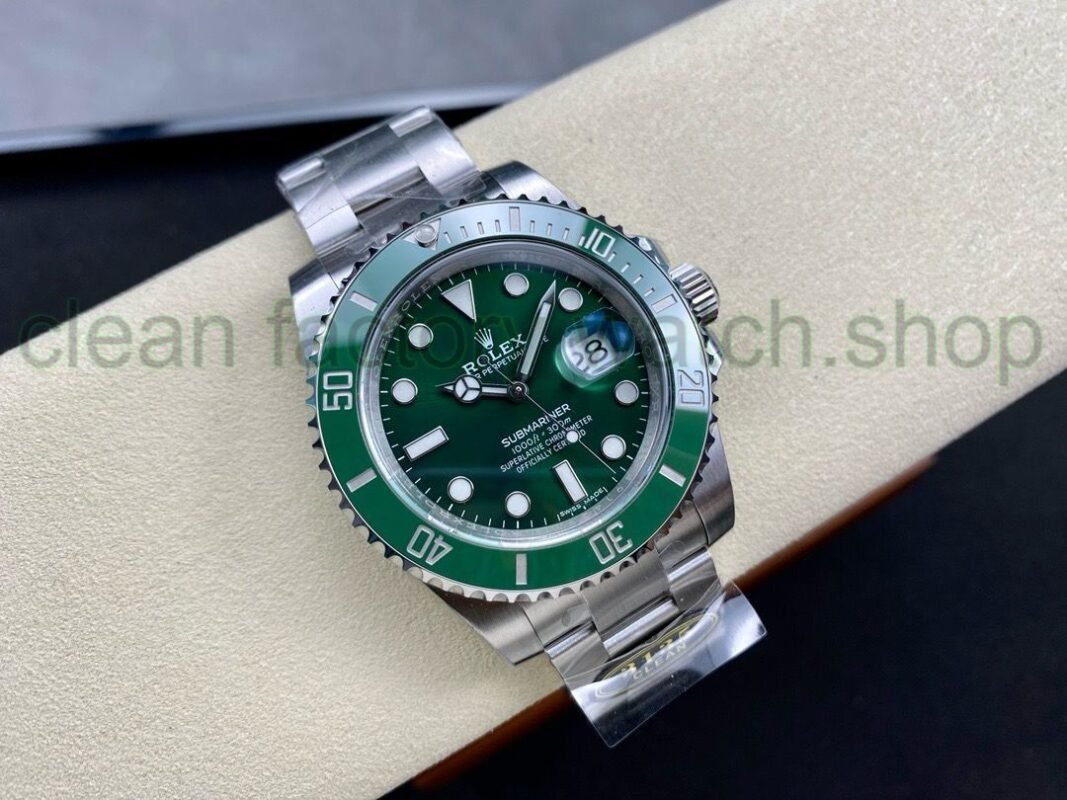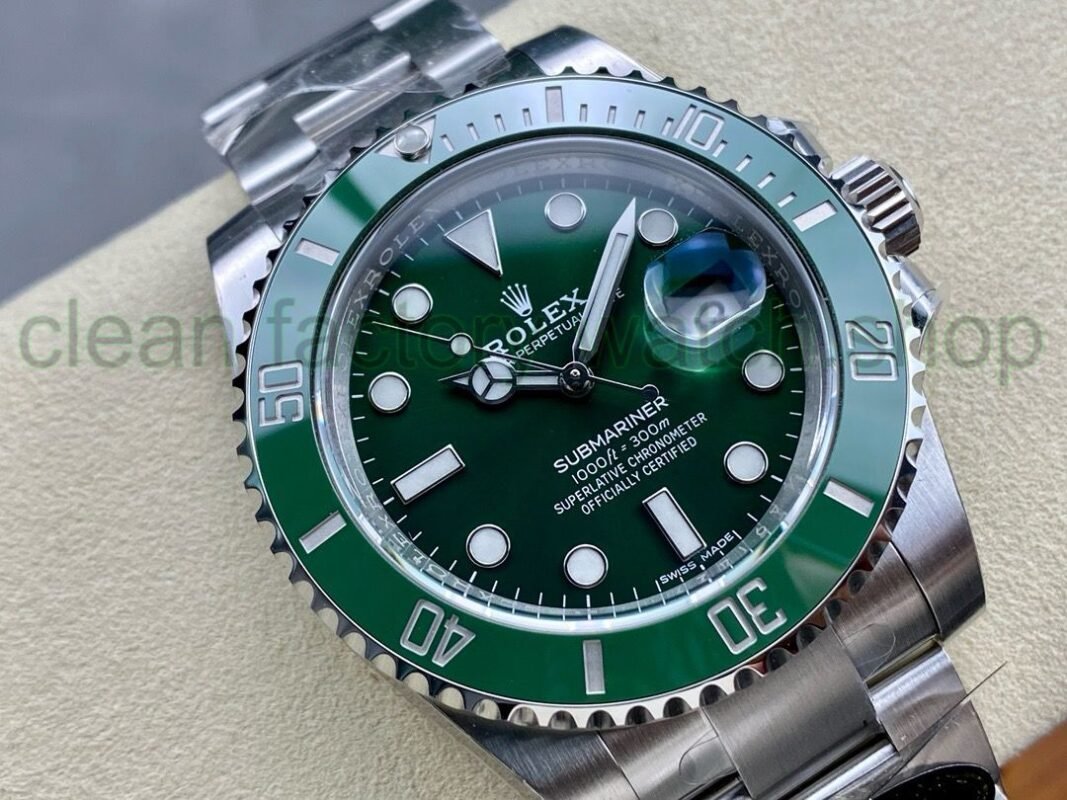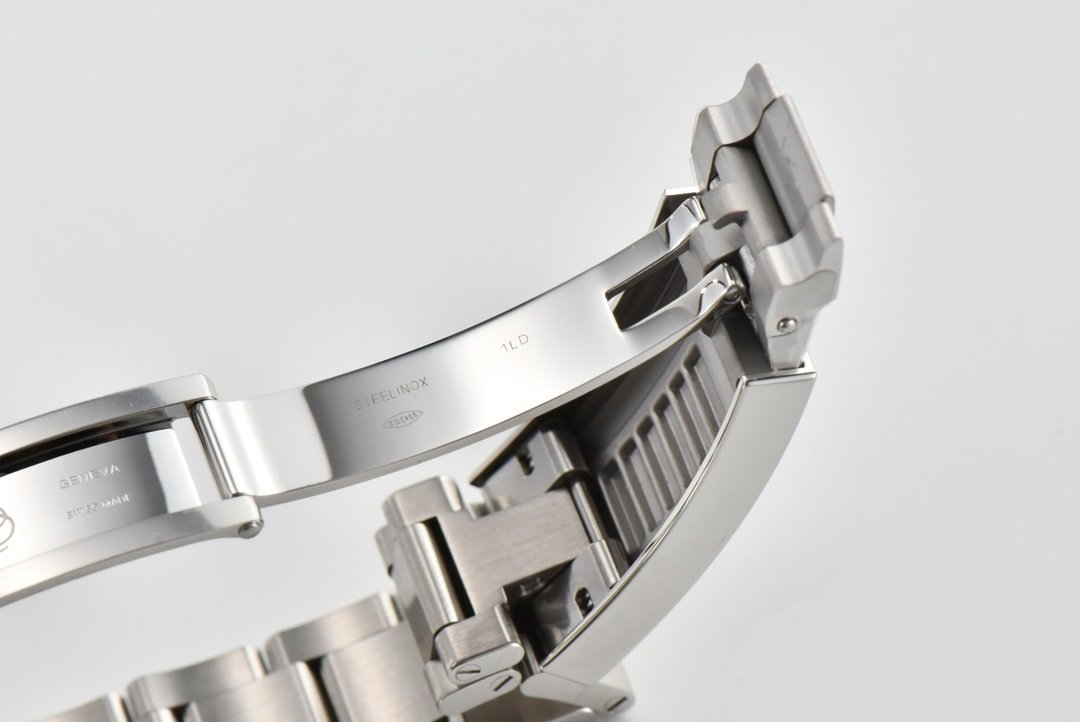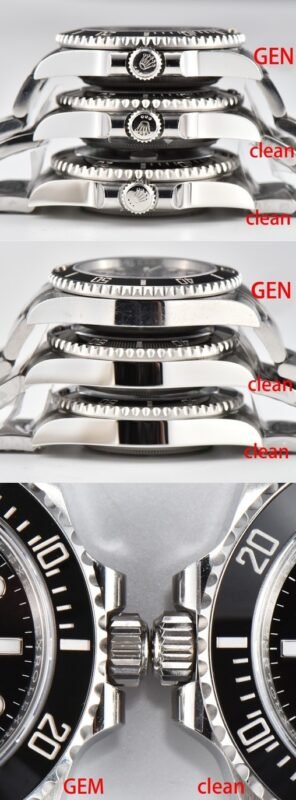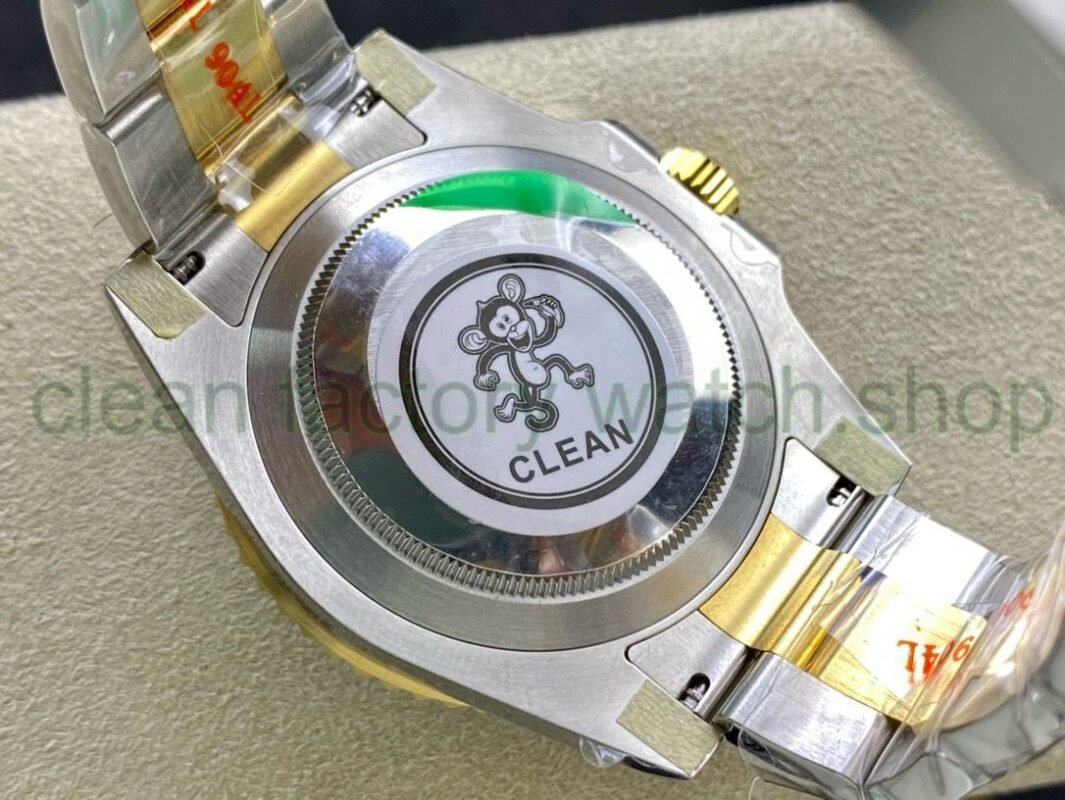Blog
Inside the Clean Factory: Innovations in Watchmaking
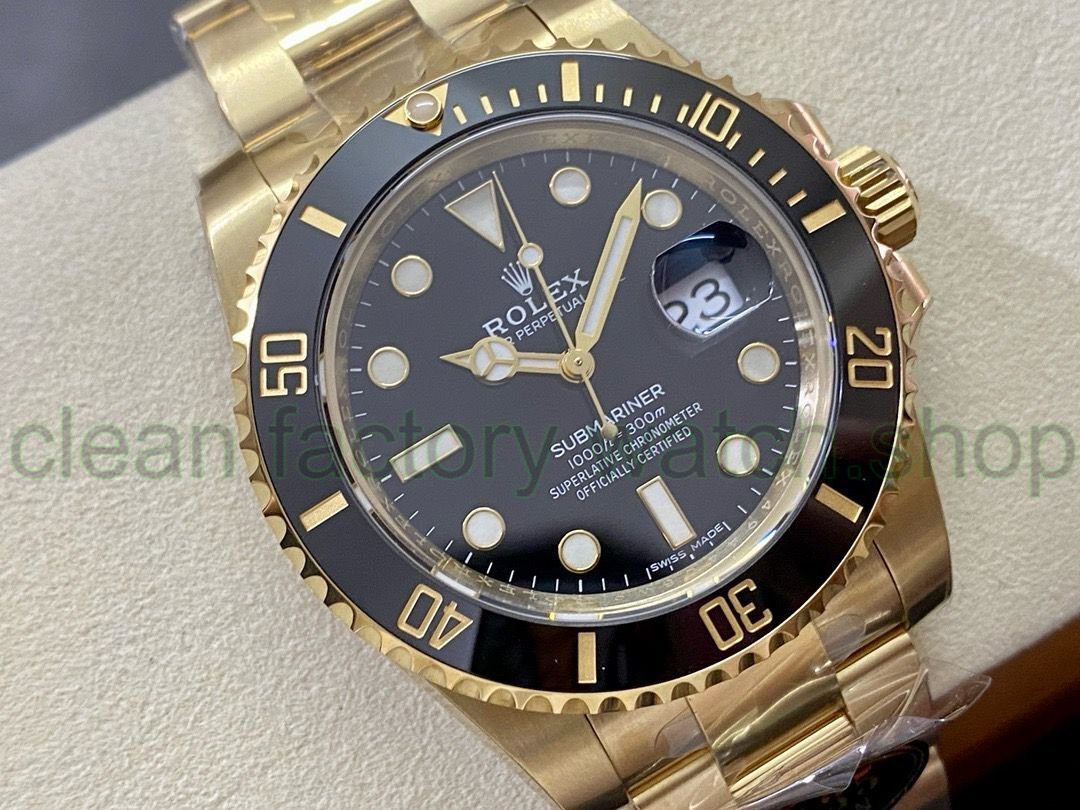
Inside the clean Factory: Innovations in watchmaking
In an era where precision meets sustainability, the world of horology is undergoing a remarkable transformation.Welcome to the clean factory, a revolutionary concept that is reshaping the landscape of watchmaking. Here, the artisanal craft of creating timepieces marries cutting-edge technology with environmental stewardship. This article delves into the innovations that are redefining what it means to produce watches in a pristine environment. from advanced manufacturing processes that minimize waste to the integration of eco-kind materials, we will explore how leading brands are pushing the boundaries of tradition while crafting a more enduring future. Join us as we take a closer look inside these dynamic spaces where innovation ticks steadily alongside tradition,and discover how the watchmaking industry is embracing a cleaner,greener tomorrow.
Table of Contents
- Exploring Sustainable Materials in Modern Watch Production
- The Role of Automation in Enhancing Precision and Efficiency
- Innovative Design Techniques Transforming Aesthetic Appeal
- Best Practices for Maintaining Cleanliness and Quality control in Factories
- Q&A
- Wrapping Up
Exploring Sustainable Materials in Modern Watch Production
In the pursuit of elegance and functionality, modern watch production is embracing an exciting shift towards sustainable materials. Manufacturers are increasingly sourcing eco-friendly alternatives that not only reduce environmental impact but also cater to the evolving values of consumers. Key materials making waves in this transformative landscape include:
- Recycled Metals: Protecting precious resources while maintaining the quality of watch cases and straps.
- Biodegradable Plastics: Reducing landfill waste with durable alternatives for watch components.
- Plant-Based Leather: Offering a cruelty-free option for watch bands, appealing to conscious consumers.
- Sustainable Wood: Incorporating responsibly sourced woods for unique yet eco-friendly timepieces.
Moreover, the integration of these materials into the design process is supported by innovative technologies that enhance durability and functionality.Aiming for openness, many brands now share their sourcing practices with the public, establishing a culture of accountability in the industry. A comparative overview illustrates the ongoing evolution in watch material innovation:
| Material | Benefits | Challenges |
|---|---|---|
| Recycled Metals | Conserves resources, reduces carbon footprint | Cost quality control |
| Biodegradable Plastics | Less environmental pollution | Durability concerns |
| Plant-Based Leather | Cruelty-free, eco-friendly | Limited availability |
| Sustainable Wood | Unique aesthetics, renewable | vulnerability to water damage |
The Role of Automation in Enhancing Precision and Efficiency
In the modern watchmaking industry, automation stands at the forefront of innovation, driving precision and efficiency to unprecedented levels. By integrating advanced machinery and software with traditional craftsmanship, manufacturers have redefined what is absolutely possible in terms of both quality and production speed. Some of the key benefits include:
- enhanced Accuracy: Automated systems eliminate human error, ensuring that every component is manufactured to exact specifications.
- Increased Throughput: Streamlined workflows facilitated by automation allow for higher output without compromising quality.
- Consistent Quality: Machines can maintain uniform standards across the production process, resulting in watches that adhere to rigorous quality control measures.
The use of automation in watchmaking not only boosts productivity but also facilitates innovation in design and customization. Advanced robotics and 3D printing technology enable watchmakers to produce intricate designs with remarkable detail. Furthermore, automation can simplify complex assembly processes that once relied heavily on skilled artisans. as an inevitable result, the traditional craftsmanship of watchmaking is being reimagined, leading to a harmonious blend of human skill and technological prowess. This synergy is exemplified in various manufacturing techniques, such as:
| Technique | Description |
|---|---|
| Robotic Assembly | Precision robots perform repetitive tasks, enhancing speed and accuracy. |
| 3D Printing | Allows for rapid prototyping and the creation of complex watch components. |
| Quality Control Systems | Automated inspections detect defects, ensuring top-notch product quality. |
Innovative Design Techniques Transforming Aesthetic Appeal
In the realm of watchmaking, the integration of cutting-edge design techniques is revolutionizing how timepieces are perceived and valued. Modern artisans are embracing 3D printing technologies, allowing for intricate designs that were previously unachievable with traditional methods. This innovation not only enhances the aesthetic appeal of watches but also enables mass customization, letting customers create a truly personalized accessory. Additionally, the use of advanced materials like carbon composites and ceramics provides a striking contrast between durability and elegant design, making each watch a unique artistic statement.
Furthermore, the application of minimalist design principles has gained traction, where less is indeed more. Clean lines, subtle color palettes, and a focus on functionality contribute to an understated yet refined look. Techniques such as etching and laser engraving are employed to add intricate details without compromising the sleek aesthetic. The convergence of technology and innovation is leading to the creation of timepieces that not only tell time but also reflect personal style and individuality.
| Design Technique | Impact on Aesthetics |
|---|---|
| 3D Printing | Intricate, customizable designs |
| Advanced Materials | Durable yet elegant finishes |
| Minimalist Principles | Clean, sophisticated appearance |
| Engraving | Detailed, personal touches |
Best Practices for Maintaining Cleanliness and Quality Control in Factories
To ensure a high level of cleanliness and quality in watchmaking, it’s essential to establish a meticulous routine. This involves implementing a daily cleaning schedule that includes areas where tools are stored and workstations. Key practices include:
- Regular wiping down of surfaces with appropriate cleaning agents to remove dust and debris.
- Ensuring that all tools are sterilized after each use to prevent contamination.
- Designating specific zones for various tasks to minimize cross-contamination.
Another vital aspect is the use of innovative technology that aids in maintaining a clean environment and monitoring quality control. Factory managers can leverage real-time data analytics to track production processes, wich helps identify any lapses in cleanliness or quality promptly. Some effective technologies include:
- Automated cleaning systems that operate during downtime to maintain hygiene without interrupting workflow.
- Air quality sensors that can detect dust and particulates, ensuring a controlled ambient environment.
- quality control software that automates defect tracking and analysis, allowing for quicker responses to issues.
Q&A
Q&A: Inside the Clean Factory – Innovations in Watchmaking
Q1: What is the concept of a “Clean Factory” in the context of watchmaking?
A1: The concept of a “Clean Factory” in watchmaking refers to a manufacturing environment where the emphasis is on minimizing contaminants that can effect the precision and performance of watch components. These facilities utilize advanced air filtration systems, rigorous cleanliness protocols, and controlled humidity to ensure that every piece is produced under optimal conditions. The goal is not only to enhance the quality of the final product but also to embrace sustainable manufacturing practices.
Q2: How have technological advancements impacted the clean factory model?
A2: Technological advancements have revolutionized the clean factory model in numerous ways. Automation and robotics have increased efficiency and precision in the manufacturing process, reducing human error and contamination risks. Moreover, smart monitoring systems enable real-time tracking of environmental conditions, ensuring that standards are consistently met. Innovations such as additive manufacturing (3D printing) have also allowed for the creation of complex components that were once impractical to produce without compromising cleanliness.
Q3: What specific innovations are being implemented in clean watchmaking factories?
A3: Clean watchmaking factories are incorporating various innovations, including:
- Advanced Cleanroom Design: Specialized layouts that minimize dust and airborne particles, featuring anti-static materials and seamless surfaces for easy cleaning.
- environmental Control Systems: These systems not only regulate air quality but also manage temperature and humidity levels, which are crucial for maintaining material integrity.
- Digital Twins Technology: This involves creating virtual models of the manufacturing process to simulate and optimize production techniques without risking contamination in the physical space.
- Sustainable Materials: Using eco-friendly materials that reduce waste and environmental impact, such as recycled metals and synthetic compounds.
Q4: How does the clean factory approach contribute to sustainability in watchmaking?
A4: The clean factory approach contributes to sustainability in several crucial ways. First, by reducing waste through precise manufacturing processes, these factories minimize excess material use. Second, sustainable energy practices, such as utilizing solar panels and energy-efficient machinery, lower the carbon footprint of production. Lastly, the implementation of closed-loop systems for water and resource recycling helps conserve valuable inputs, ensuring that the manufacturing process has a minimal impact on the environment.
Q5: What are some challenges faced by watchmakers in implementing clean factory practices?
A5: Despite the benefits,implementing clean factory practices presents several challenges. The initial investment in advanced technologies and specialized environments can be significant,sometimes posing barriers for smaller manufacturers. additionally, training personnel to adapt to new workflows and stringent cleanliness standards requires time and resources. Balancing productivity with maintaining a clean atmosphere can also be arduous, particularly in traditional manufacturing settings where habits and practices may be deeply entrenched.
Q6: What future trends can we expect to see in clean watchmaking factories?
A6: The future of clean watchmaking factories is likely to be shaped by continued advancements in technology and a growing commitment to sustainability. We may see further integration of AI and machine learning to enhance predictive maintenance and quality control.Additionally, as consumer demand for ethically produced products rises, more brands will likely adopt clean factory principles not only to improve product quality but also to market their sustainability efforts. Lastly, collaborations between manufacturers and research institutions could yield new materials and techniques that push the boundaries of what’s possible in watchmaking while adhering to clean factory standards.
Wrapping Up
As we step away from the pristine environment of the clean factory, we are left with a profound recognition for the meticulous craftsmanship that breathes life into every timepiece. The innovations emerging from these state-of-the-art facilities not only enhance the precision and durability of watches but also reflect a commitment to sustainability and ethical production practices. Each tick of a watch now carries the weight of advanced engineering and thoughtful design—an embodiment of human ingenuity meeting nature’s finest elements.
in a world where time waits for no one, the clean factory stands as a beacon of progress, continually redefining what it means to create in harmony with our environment. As the boundaries of watchmaking expand, we can only anticipate the next wave of breakthroughs that will harmonize tradition with innovation. So, as you fasten your wristwatch and gaze at its intricate mechanisms, remember that within its silent heartbeat lies a story of innovation, care, and an enduring quest for excellence. The future of watchmaking is not just about keeping time; it’s about crafting moments that matter.

